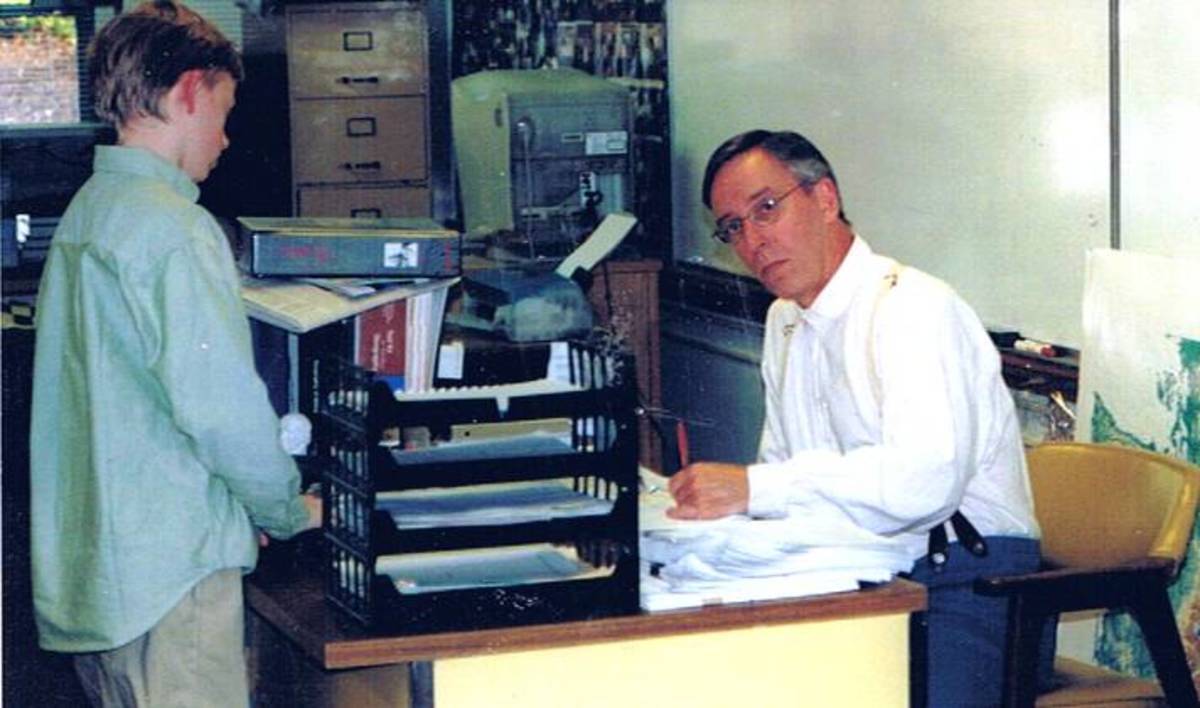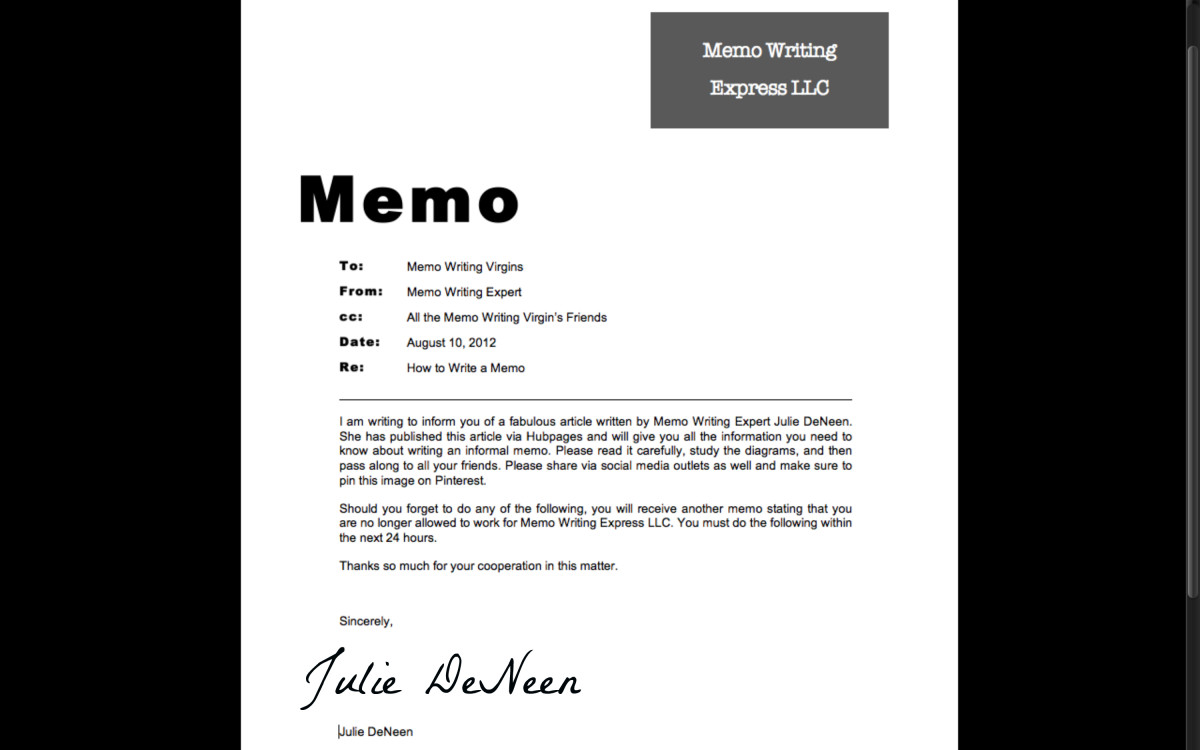Brainstorming for Beginning Writers: Giving Guidance With This Step
Pointers for Successful Brainstorming
Truman Capote, the famous writer, once remarked, “I am a completely horizontal author. I can't think unless I'm lying down, either in bed or stretched on a couch and with a cigarette and coffee handy. I've got to be puffing and sipping.” Creative people often think best under unusual circumstances. For example, it’s been rumored that Wagner, the famous German composer, could not compose unless he wore silk underwear and enveloped himself in perfume. Another eccentric composer was Eril Satie, who was said to refuse to bathe. Instead he only rubbed his skin with pumice. And he ate only white things! He also lived in a remote section of Paris by himself.
As parents or teachers, we sometimes forget that beginning writers have a need for an environment that fosters creativity and original ideas. Although our students’ unique circumstances may not be quite as quirky as those of some well-known writers and composers, beginning writers also need guidance that fosters creativity. For beginning writers, following certain guidelines may help. The first step in this process (after selecting a topic) is to brainstorm.
Definition of Brainstorming
To begin, what is brainstorming? Brainstorming on a particular topic is sometimes called focused free writing. The writing is focused on a particular topic, yet the student brainstorms; in other words, she writes everything she can think of about that particular topic, usually one page. The Colorado State University website provides an excellent explanation of brainstorming:
First of all, Brainstorming is an informal way of generating topics to write about, or points to make about your topic. It can be done at any time during the writing process. You can brainstorm the topics for a whole paper or just a conclusion or an example. The important point about brainstorming is that there should be no pressure to be "brilliant." Students should simply open their minds to whatever pops into them. Think of it as a kind of free association. When I say "literacy" what pops into your mind? Much of what the students will come up with will not be useful, but that's okay. Part of brainstorming will involve a selection process.
Brainstorming and the Writing Process
If students are to incorporate brainstorming into the writing process, then their teachers, tutors, or parents can help them by guiding them through this process. Students sometimes ask if they can omit the brainstorming. My response is that anyone who begins a new undertaking needs practice to assure success. My experience, all too often, has been that when beginning writers omit this step, they get into the writing process and soon realize they lacked sufficient ideas for its completion. I usually insist brainstorming as an essential part of the writing process---at least until they become proficient writers.
Although the methods for brainstorming may vary according to the individual, certain steps in this process are necessary in order to lay the foundation for a well-developed paragraph or essay. By presenting the different ways to show their brainstorming, students can select whatever method they’re most comfortable using. Some prefer simply listing their ideas, while others like mapping. A sample idea map is located at the end of this hub.
In a longer paper, such as an essay or research paper, the student might brainstorm to generate ideas throughout the paper. But generally, the brainstorming phase takes place before starting to write. Note: The following steps are not necessarily linear; that is, these steps may overlap at times. Often, students will need to revisit some of the steps as they work through this process. Chavez (2002) discussed this overlapping of the steps in the writing process in her article “The Journey Out: Conceptual Mapping of the Writing Process.” This article can be found at http://works.bepress.com/beth_brunk_chavez/3.
Brainstorming Pointers
1. The focus is on ideas.
a. Forget about correct spelling for now.
b. Forget about writing complete sentences during this stage of writing.
c. Don’t be concerned with grammar or correct punctuation at this point.
2. Select a method for getting the ideas onto paper. (see suggestions for mapping at the end of this hub).
3. Before beginning, write your topic at the top of the page in large letters (or in the center of the paper if mapping).
4. Set a time limit of approximately 5-15 minutes. Whenever possible, I give students the opportunity to select a return to the class or writing session the next day with this step finished.
5. Read over your list of ideas and complete the following steps:
a. Cross out the irrelevant ideas.
b. Select three or four of the remaining ideas and write them on a separate sheet of paper.
c. Determine an order for these ideas. Place #1 beside the one that you think should be listed first, #2 beside the second one, etc.
d. Write a sentence or two of explanation about each of these numbered ideas as needed.
e. Begin the first draft of the paragraph---Turn the topic into a complete sentence and write it as the first sentence of the paragraph.
f. Do the same with the numbered ideas and write the complete sentences in order as you listed them. (Major Supporting Details)
g. Add the sentences of explanation that follow each major detail.
h. Add a closing sentence: A general statement that gives the paragraph a sense of closure.
i. Rewrite and revise as needed.
Although the above steps appear lengthy, students actually complete these steps rather quickly once they understand the process. Again, these steps are not necessarily linear. Often they overlap as the writer backtracks, and the steps overlap. Most of us tend to rewrite often, and students need to understand that rewriting, or even backtracking, is a natural part of the process---not an indication that they are making mistakes. For example, as students proceed through the steps, they will find that they may need to make adjustments, cross out additional ideas, and sometimes add new ones----and that’s okay. Writing is a process. A finished product is only a part of that process.
.








